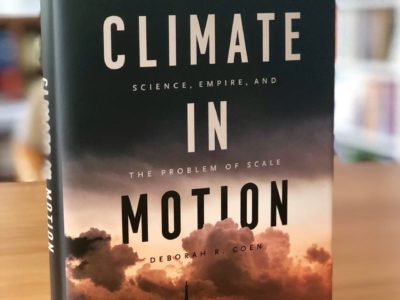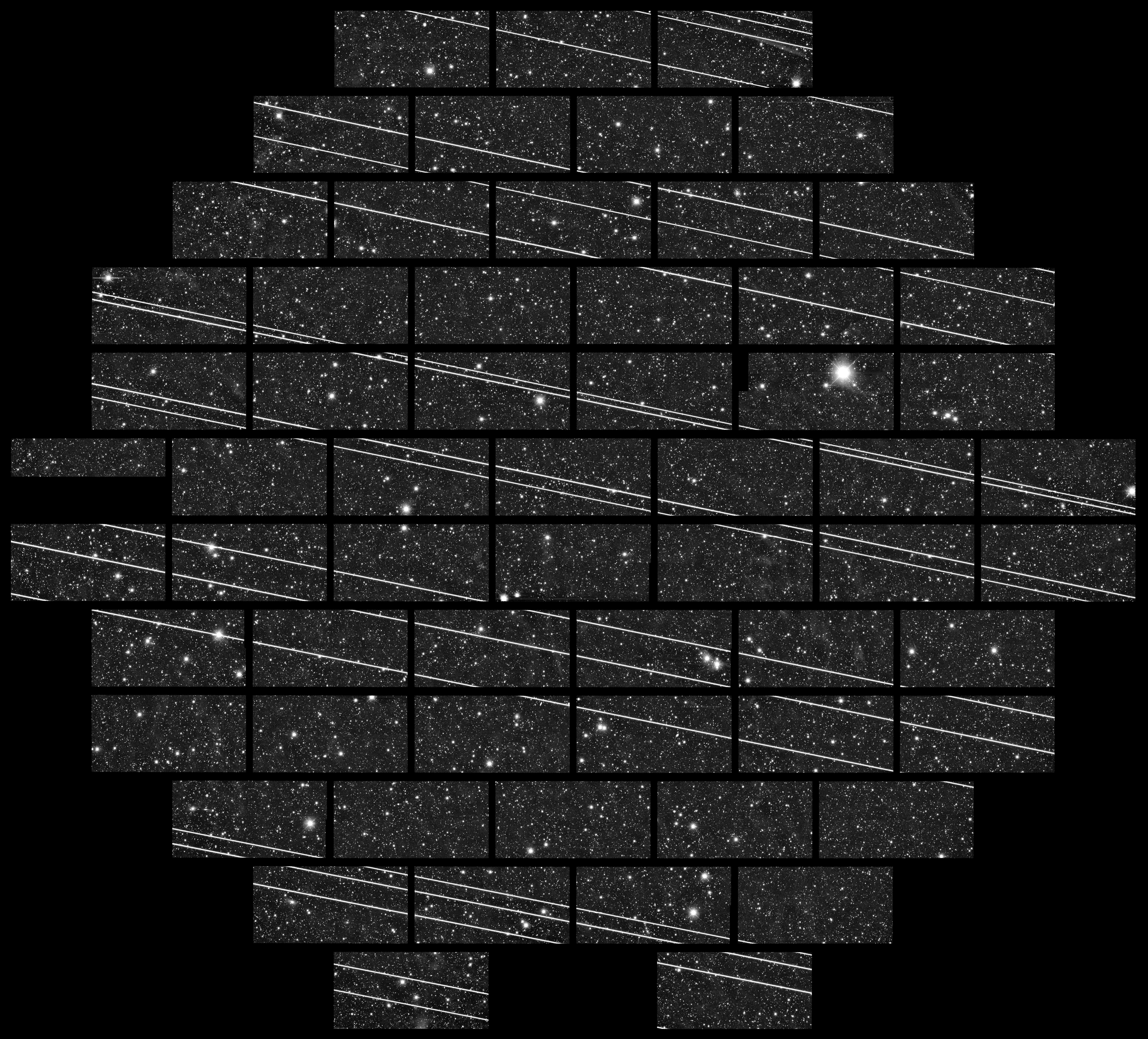What’s New Under the Sun?
New Book Demonstrates the Hidden History of Climate Science
 It’s a great regret of mine that I did not study the history of science either as an undergraduate or in graduate school. Then, it seemed to me like an arcane, recondite field — almost bizarre. Boy, was I wrong. Now in my rapidly advancing dotage, I recognize how it touches on so many of the essential aspects not only of human civilization as well as the fundamental nature of truth, and combines qualitative and quantitative investigation in often profound ways.
It’s a great regret of mine that I did not study the history of science either as an undergraduate or in graduate school. Then, it seemed to me like an arcane, recondite field — almost bizarre. Boy, was I wrong. Now in my rapidly advancing dotage, I recognize how it touches on so many of the essential aspects not only of human civilization as well as the fundamental nature of truth, and combines qualitative and quantitative investigation in often profound ways.
What to do? Read it now!
For those interested in the environment, there is not only a lot of great material (such as Andrea Wulf’s The Invention of Nature: Alexander von Humboldt’s New World) but more coming out all the time. And now, Yale’s Deborah R. Coen has provided us with an intriguing new book about the origins of climate science, entitled Climate in Motion: Science, Empire, and the Problem of Scale. The history goes deeper than you might think:
Today, predicting the impact of human activities on the earth’s climate hinges on tracking interactions among phenomena of radically different dimensions, from the molecular to the planetary. Climate in Motion shows that this multiscalar, multicausal framework emerged well before computers and satellites. Extending the history of modern climate science back into the nineteenth century, Deborah R. Coen uncovers its roots in the politics of empire-building in central and eastern Europe. She argues that essential elements of the modern understanding of climate arose as a means of thinking across scales in a state—the multinational Habsburg Monarchy, a patchwork of medieval kingdoms and modern laws—where such thinking was a political imperative. Led by Julius Hann in Vienna, Habsburg scientists were the first to investigate precisely how local winds and storms might be related to the general circulation of the earth’s atmosphere as a whole. Linking Habsburg climatology to the political and artistic experiments of late imperial Austria, Coen grounds the seemingly esoteric science of the atmosphere in the everyday experiences of an earlier era of globalization. Climate in Motion presents the history of modern climate science as a history of “scaling”—that is, the embodied work of moving between different frameworks for measuring the world. In this way, it offers a critical historical perspective on the concepts of scale that structure thinking about the climate crisis today and the range of possibilities for responding to it.
Coen is a very distinguished historian and I am looking forward to reading this book soon.

Reader Comments
2 Replies to “What’s New Under the Sun?”
Comments are closed.







Another great book on the history of climate change is Spencer Weart’s The Discovery of Global Warming.
Regarding climate and the history of science, one of the early (1957) scientists warning about global warming and the role of fossil fuels was Edward Teller, “father of the hydrogen bomb”.